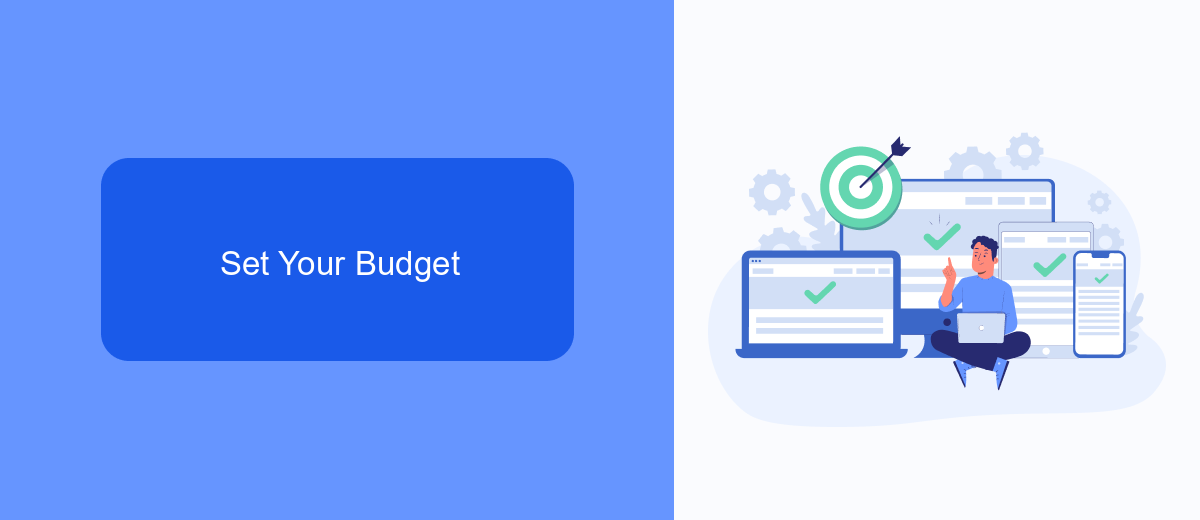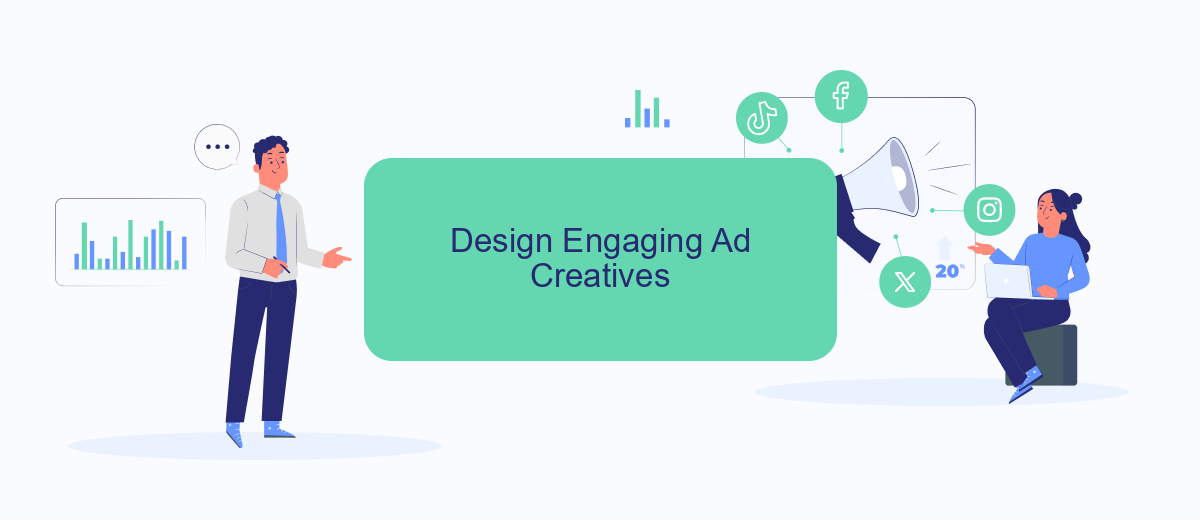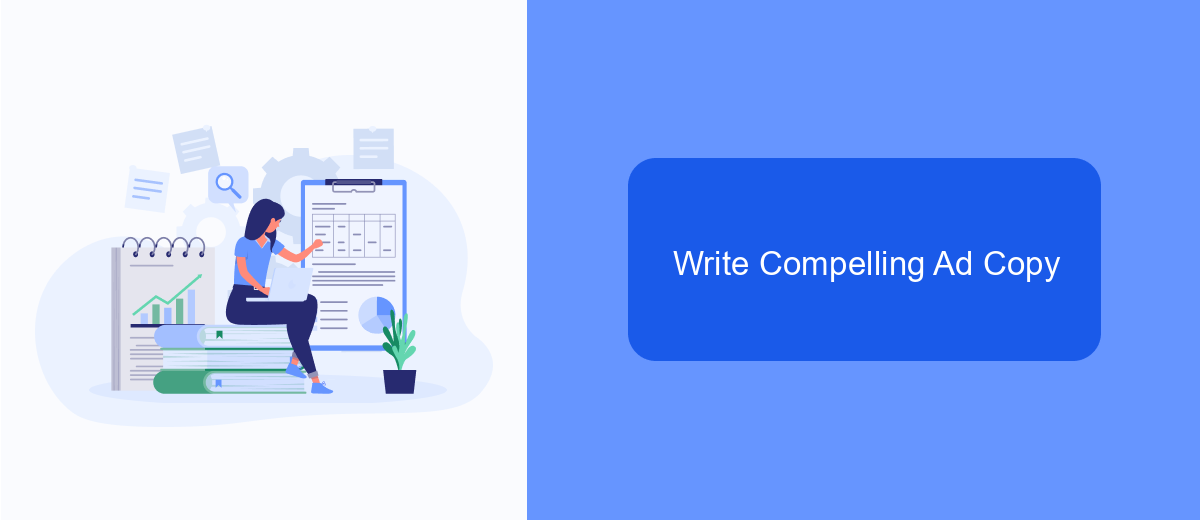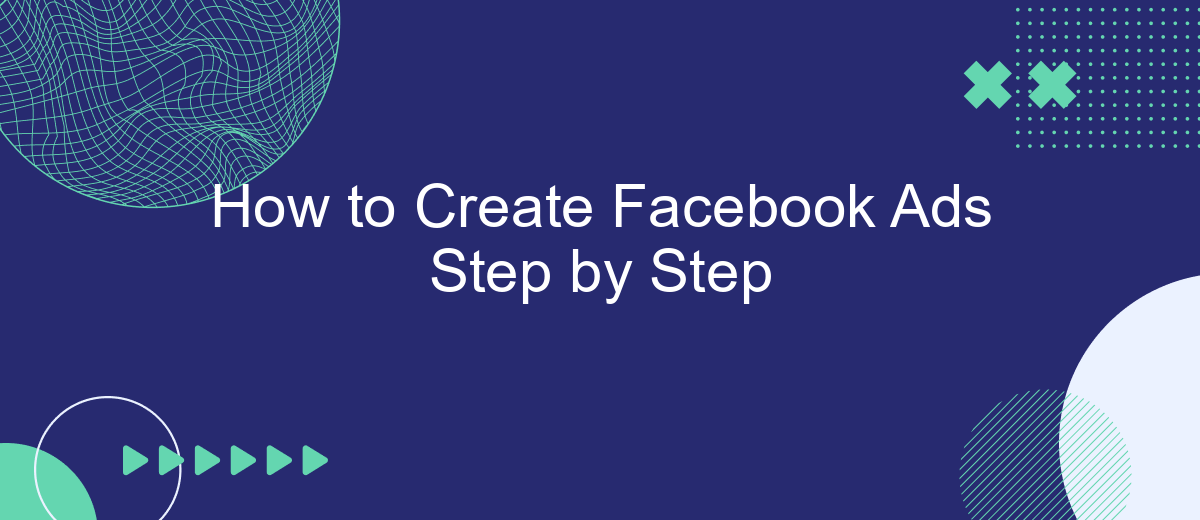Creating effective Facebook ads can significantly boost your business's online presence and drive targeted traffic to your website. In this step-by-step guide, we'll walk you through the process of setting up your first Facebook ad campaign, from defining your objectives to selecting the right audience and crafting compelling ad creatives. Whether you’re a beginner or looking to refine your skills, this guide has you covered.
Identify Your Target Audience
Identifying your target audience is a crucial step in creating effective Facebook ads. Without a clear understanding of who your audience is, your ads may not reach the right people, resulting in wasted budget and effort. Start by analyzing your current customer base and identifying common characteristics such as age, gender, location, and interests.
- Analyze your current customer data
- Use Facebook Audience Insights to gather more information
- Create detailed buyer personas
- Segment your audience based on specific criteria
- Utilize tools like SaveMyLeads to integrate your data efficiently
By taking the time to identify and understand your target audience, you can tailor your Facebook ads to meet their specific needs and preferences. This targeted approach will help you achieve better engagement and conversion rates, ultimately maximizing the effectiveness of your advertising campaigns.
Set Your Budget

Setting a budget for your Facebook ads is a crucial step in ensuring the success of your campaign. Start by determining how much you are willing to spend daily or over the lifetime of your ad. Facebook offers flexibility, allowing you to choose between a daily budget, which sets a limit on what you spend each day, or a lifetime budget, which spreads your spending over the duration of your campaign. Make sure to monitor your ad performance regularly and adjust your budget as needed to maximize your return on investment.
In addition to setting your budget, consider integrating tools to streamline your ad management. A service like SaveMyLeads can be invaluable in this regard. SaveMyLeads allows you to automate the process of collecting leads from your Facebook ads and sending them directly to your CRM or email marketing platform. This not only saves time but also ensures that you can respond to leads promptly, thereby increasing your chances of converting them into customers. Properly managing your budget and utilizing integrations can significantly enhance the effectiveness of your Facebook ad campaigns.
Design Engaging Ad Creatives

Creating engaging ad creatives is essential for capturing the attention of your target audience and driving conversions. To design compelling ads, you need to focus on both visual and textual elements that resonate with your audience and align with your campaign goals.
- Visuals: Use high-quality images or videos that are relevant to your product or service. Ensure that they are eye-catching and convey your message effectively.
- Text: Write clear and concise copy that highlights the benefits of your offering. Use strong calls-to-action (CTAs) to encourage users to take the desired action.
- Branding: Maintain consistency with your brand's colors, fonts, and overall style. This helps in building brand recognition and trust.
- Integration: Utilize services like SaveMyLeads to automate lead capturing and streamline your ad performance tracking. This ensures that you can focus more on creative aspects and less on manual data handling.
By following these steps, you can create Facebook ads that not only attract attention but also drive meaningful engagement and conversions. Remember to continually test and optimize your creatives to achieve the best results.
Write Compelling Ad Copy

Creating compelling ad copy is crucial for the success of your Facebook ads. Your ad copy should be clear, concise, and engaging to capture the attention of your audience quickly. Start by understanding your target audience and their needs, then craft a message that resonates with them.
Use a strong headline to grab attention and make sure your copy highlights the benefits of your product or service. Avoid jargon and focus on how your offering can solve a problem or improve the lives of your audience. Remember, you only have a few seconds to make an impression, so make every word count.
- Keep it short and to the point
- Use action-oriented language
- Highlight key benefits
- Include a clear call to action
- Test different versions to see what works best
In addition to compelling copy, consider integrating tools like SaveMyLeads to streamline your ad campaign management. SaveMyLeads can help automate lead generation and ensure your leads are efficiently captured and followed up, enhancing the overall effectiveness of your ad strategy.
Track and Optimize
Once your Facebook ads are live, it's crucial to track their performance to ensure you're getting the desired results. Utilize Facebook Ads Manager to monitor key metrics such as click-through rate (CTR), conversion rate, and return on ad spend (ROAS). These metrics will help you understand which ads are performing well and which ones need adjustments. Regularly reviewing these analytics allows you to make data-driven decisions to optimize your campaigns.
For more advanced tracking and optimization, consider integrating your Facebook ads with external tools like SaveMyLeads. This service helps automate the process of collecting and analyzing data from your ads, providing real-time insights that can help you refine your strategy. With SaveMyLeads, you can set up automated workflows to transfer leads directly into your CRM, ensuring you never miss an opportunity to follow up. By continuously tracking and optimizing your ads, you can maximize your advertising budget and achieve better results.
FAQ
How do I create a Facebook Ad account?
What are the different types of Facebook Ads?
How do I target the right audience for my Facebook Ads?
How can I track the performance of my Facebook Ads?
How can I automate my Facebook Ads and integrate them with other tools?
You probably know that the speed of leads processing directly affects the conversion and customer loyalty. Do you want to receive real-time information about new orders from Facebook and Instagram in order to respond to them as quickly as possible? Use the SaveMyLeads online connector. Link your Facebook advertising account to the messenger so that employees receive notifications about new leads. Create an integration with the SMS service so that a welcome message is sent to each new customer. Adding leads to a CRM system, contacts to mailing lists, tasks to project management programs – all this and much more can be automated using SaveMyLeads. Set up integrations, get rid of routine operations and focus on the really important tasks.
